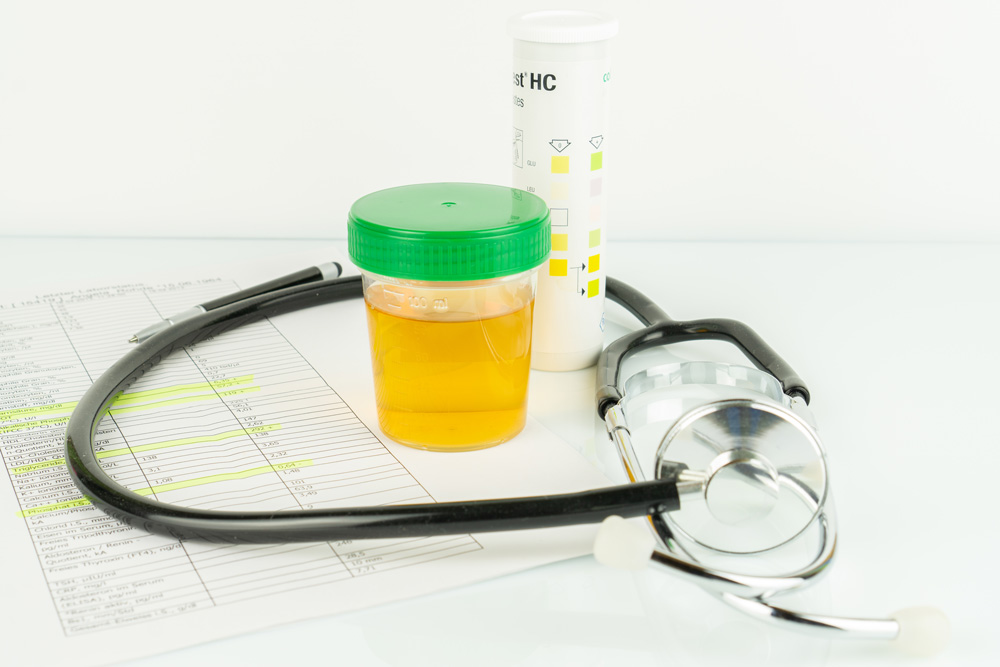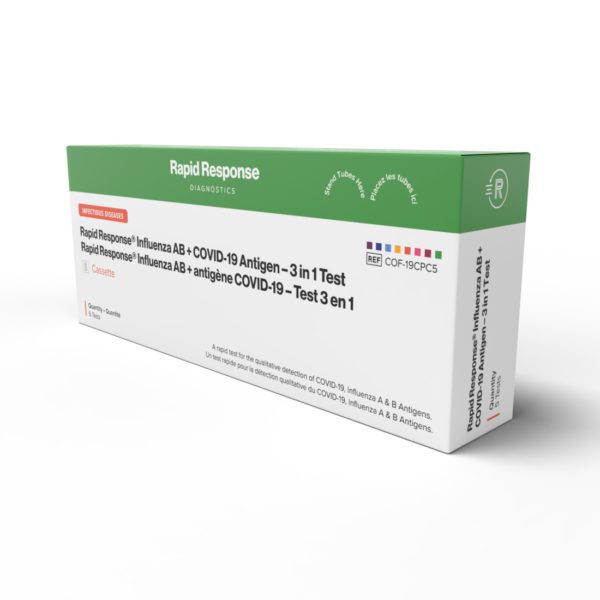Urinary tract infections (UTIs) are a common health concern with different treatment options. Each step, from diagnosis to medication, and sometimes more advanced interventions, incur certain costs.
Overview of the prevalence of urinary tract infections (UTIs)
UTIs are among the most frequent clinical bacterial infections, especially in women, with about 50-60% experiencing at least one UTI in their lifetime.
The high prevalence is due to the anatomy of the female urinary tract, but men are also susceptible, particularly as they age.
That said, you need to find an efficient and cost-effective treatment strategy in case you catch this infection.
Types of UTI treatment
UTI treatments vary based on the severity and location of the infection.
For uncomplicated UTIs, your healthcare provider may prescribe oral antibiotics. For more severe cases, they might require intravenous antibiotics or other interventions.
To ease your symptoms, you can also opt for over-the-counter pain relievers.
The choice of treatment directly influences the overall cost of managing UTIs.
Cost of medications and injections
The majority of UTIs are treated with antibiotics. The cost of these medications can vary, with generic antibiotics being more affordable, often available for as little as $4 to $20 for a course of treatment.
More expensive brand-name antibiotics or injections for severe infections can significantly increase this cost.
Cost of diagnosing a UTI
For effective treatment, your healthcare provider will need an accurate diagnosis of your UTI. There are many options to do this, each with its associated costs.
Urine test or urinalysis cost
If you suspect having a UTI, a urinalysis is typically the first thing your healthcare provider will order to diagnose it. In this process, they will analyse urine for signs of infection. The cost can range from $10 to $50, depending on the laboratory and specific tests performed.

Ultrasound scan pricing
Ultrasound scans are sometimes necessary to visualize the urinary tract and identify any abnormalities contributing to recurrent UTIs. The cost can vary widely depending on the healthcare provider and location but generally ranges from $250 to $500.
Comprehensive blood test charges
While not always necessary for UTI diagnosis, blood tests may be required in complicated cases to check for signs of infection or kidney function. These tests can cost anywhere from $100 to several hundred dollars.
Lipase test cost
A lipase test, which measures the level of a specific enzyme in the blood, is more commonly associated with pancreatic issues. In general, your healthcare provider may order it if they suspect a complication in your case. This test can add an additional $50 to $100 to the diagnostic costs.
Emergency room visit level 4 cost
In severe cases, particularly where there is a risk of sepsis or kidney infection, an emergency room visit may be necessary. The cost for a level 4 emergency room visit can range from $1,000 to over $3,000, not including the costs of any treatments administered during the visit.
What can you do to prevent UTIs?
Practicing preventive measures against UTI can save you from healthcare expenses and an uncomfortable experience. These simple measures include:
- Staying hydrated
- Practicing good hygiene
- Urinating after sexual activity
- Avoiding irritating products in the genital area
If you have a recurrent UTI, your healthcare provider may recommend low-dose antibiotics along with other preventive measures.
Key takeaway
How much you need to pay for a UTI treatment can vary widely based on the required diagnostic tests, chosen treatment path and any complications that may arise. Understanding these potential costs can help you and your family make informed decisions about your care.
To prevent this, practice measures that reduce the risk of UTIs as these can also reduce the overall financial burden associated with treatment.






















































